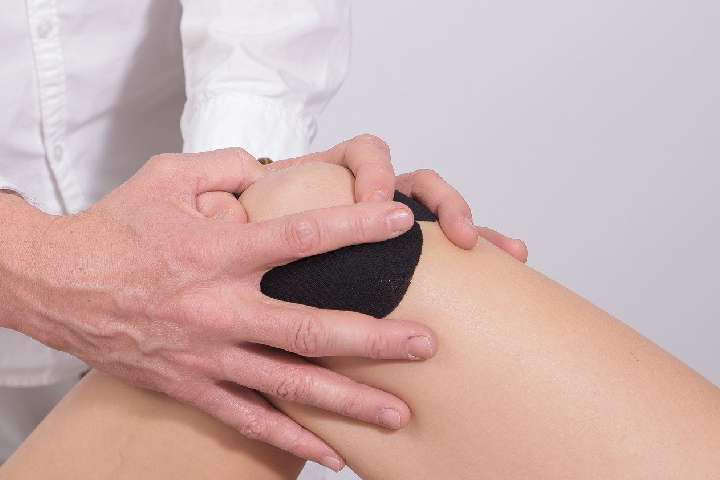Osteoporosis is a disease that weakens your bones and arrives without warning. Once it gives the face, you can treat it but not cure it, so you should focus on prevention. Here’s what you need to do
If you’ve never worried about the health of your bones, maybe the time has come for you to start doing so. Could you not take it as a joke? They play the main role in your life. They support your body, protect your vital organs, store minerals.
Keeping them healthy and strong is pivotal to having a good quality of life. You must pay close attention to them to escape from diseases such as osteoporosis, which decreases bone mass and produces a deterioration of the microarchitecture of the bones, increasing their fragility and the risk of suffering fractures.
1. Osteoporosis, a Disease That Affects Women the Most
Osteoporosis is a widespread disease among the population. The Society of Rheumatology (SER) estimates that it affects about 75 million people in Europe, the United States, and Japan. It also affects us more. According to the Foundation of Rheumatology, approximately 2 million women have osteoporosis in the country, 1 in 4 after menopause.

2. Signs That May Notify You of the Presence of Osteoporosis
The problem with osteoporosis is that it is a silent disease, which occurs without symptoms. It often goes unnoticed for numerous years until it finally manifests itself with a fracture.
Despite being an asymptomatic disease, some signs can warn us of the possibility of suffering from osteoporosis. Theramex, a pharmaceutical company specializing in women’s health, offers a lot of useful information to prevent it, detect it in time, and treat it properly.
3. Factors That Can Affect Bone Strength
This pharmaceutical company advises monitoring some factors that can affect bone strength and that, therefore, we must watch.
- Lead an unhealthy lifestyle. Try not to drink alcohol, smoke, lead a sedentary life or follow a poor diet. These factors may influence the future onset of osteoporosis.
- You have low calcium or vitamin D levels. At this point, we no longer need to tell you how important calcium is to maintain bone strength. But you may not know that you also need to have good vitamin D levels. This vitamin helps the body absorb and assimilate calcium as it helps your body absorb calcium.
- Suffer a decrease in estrogen. It usually happens during menopause, putting your bone structure at risk. Estrogens work in the process of creating new bone.
- Have a family history. If one of your parents has suffered a broken hip, you have many ballots for the same thing to happen to you. If your family history consists of bone fractures or diseases that weaken them, you are more likely to have it.
- Weigh less than the bill. A low Body Mass Index (BMI) may indicate that you have less bone tissue. If you have little fat, your bones will be hit more when you suffer a setback or a fall since less cushioning.
- They are reaching menopause. The disappearance of ovarian function causes an increase in bone resorption. It is advisable to have good calcium reserves to combat it and that these deficiencies are not so aggressive.
- Take certain medications. Certain treatments can affect your bone strength. The logical thing is for your doctor to inform you of the risks and follow up to make sure everything goes well, but let yourself know if you are taking any medications.
4. How to Prevent Osteoporosis
You may not find out if you have osteoporosis until you fracture your wrist, hip, or spine (the most common fractures in this disease). However, the best thing you can do is do everything in your way to prevent osteoporosis. What do you have to do to acquire it? Very simple:

- Stay at your healthy weight.
- Follow a healthy and balanced diet.
- Decrease the consumption of alcohol to a minimum.
- No smoking.
- Exercise regularly.
- Take steps to prevent falls.
5. How to Treat Osteoporosis
Whether you suffer a fracture, have a family history, or meet many of the requirements to be a candidate for osteoporosis, go to your trusted doctor. The professional will study your case and assess the possibility of performing analysis and densitometry. This test is painless, lasts approximately 10-20 minutes, and measures bone mineral density levels.
Do not let it pass since osteoporosis does not heal and progressively worsens with age. Proper treatment will slow bone loss and prevent fractures.

